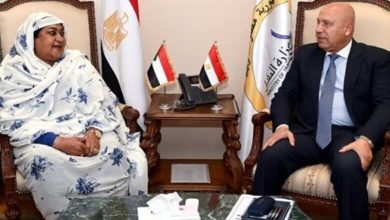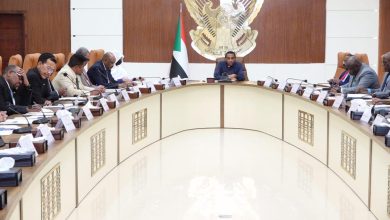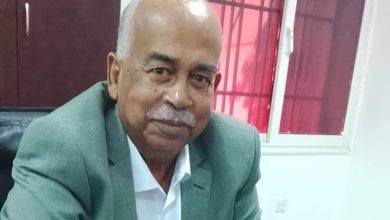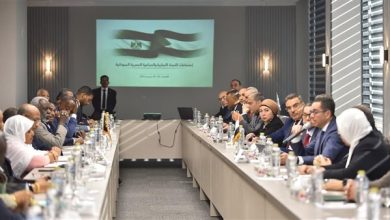3 million people were deprived of microfinance due to the war

Sudan Events – Nahed
Entrepreneurship consultant and microfinance expert Dr. Noman Youssef revealed how the finance sector was affected by the repercussions of the war in Sudan.
“The war led to the deprivation of (3,282,049) clients who had received microfinance services from continuing their access to new services. In addition to the difficulty of communicating with about (632,676) active clients with their institutions.” He said.
He revealed that more than 40 microfinance institutions and companies have completely stopped working amid rising operating costs due to the decline in the purchasing power of the currency, high security costs, and the difficulty of transferring funds.
In an interview with Al-Ahdath, he pointed out the high rates of default as a result of the cessation of activity, looting, and loss of assets that microfinance clients were exposed to in the states affected by the war, as 81% of the outstanding financing by the end of the year 2022 was concentrated in the states of Khartoum, Gezira, and White Nile.
With the high rate of losses, which led to the cessation of the activity of most institutions and their inability to pay their obligations to their employees, large numbers of workers were laid off and they lost their sources of income.
He pointed out that microfinance institutions and companies are facing difficulty in repaying their financial obligations represented by speculation and participation from banks and banks due to the cessation of activity, low productivity, high rates of non-payment of debts, and weak financial returns, which may lead to financial failure and bankruptcy (the volume of obligations of microfinance institutions and companies amounted to about 61,085 One million Sudanese pounds by the end of the year 2022, according to the report of the Microfinance Unit of the Central Bank of Sudan.
Pointing out the decline in women’s access to microfinance services. The percentage of financing for women decreased to 18%, which means weak women’s participation in production and low income for families headed by women.
He emphasized the ability of the microfinance sector to rebuild what was destroyed by the war, by formulating a new vision for the microfinance sector to meet the requirements of post-war reconstruction.



